Gumi is a universal fertilizer for plant nutrition and soil fertility
Gumi's composition
Gumi belongs to organomineral fats, since in addition to the main macro- and microelements, it contains a large amount of salts of humic acids. Depending on the crop for which the feeding is intended, the composition can vary for any specific element. At the same time, the backbone remains unchanged and includes:
- Salts of humic acids, on the basis of which the fertilizer is made, account for up to 60% of the total composition.
- Nitrogen, which is responsible for most of the vital processes of flora (is part of proteins) - on average 2%
- Phosphorus in a form quickly assimilated by plants, 2%. In addition, the main element of this biostimulant activates root excretions, which transform P2O5 in the soil, thereby improving the supply of them to all crops.
- Potassium - 1%
- Sodium, participates in sodium-potassium ion exchange, transport of carbohydrates across membranes, and an increase in cold resistance of plants
These and other elements contained in the fertilizer make it possible to provide the plant with everything it needs, not only in the initial stages of growth, but also in critical periods.
The value of Gumi fertilizer
The balanced composition of each type of Gumi fertilizer not only nourishes the aboveground mass, but also has a stimulating effect on the root system. The benefits of its use are as follows:
- It activates plant growth, while development does not lag behind. For this reason, Gumi has proven itself well for feeding seedlings.
- Resistance to cold and drought stress increases.
- Accelerated yield formation due to faster adaptation of young plants.
- Increase in yield due to the provision of the crop with the necessary amount of elements during the period of budding, fruit setting and the accumulation of reserve substances in the harvest.
- An increase in the level of humus in the soil, which characterizes soil fertility.
- The susceptibility of plants to diseases and pests decreases.
Fertilizers Gumi
Fertilizer Gumi can be used on any crops, because the presence of the NPK complex, characteristic of the most common agrochemicals in agriculture, makes it possible to provide plants with everything necessary for normal development. Despite this, several types of the drug have been identified, depending on the object of application:
- Gumi-20. They produce such series as a station wagon with a standard ratio of macroelements (nitrogen and phosphorus 2% each, potassium half as much), rich vegetables, berries, greens with an increased percentage of potassium up to 3 and microelements necessary for these crops (copper, manganese, molybdenum, cobalt and etc). Gumi-20M with 3% nitrogen content is intended for street flowers and lawns. For indoor plants, the NPK-complex, on the contrary, is reduced to 0.5% of each element.
- Gumi-30. Contains a standard set of elements, but the concentration is higher. It is produced mainly in the form of a paste, which is diluted before use in water.
- Gumi-Omi. This type of fertilizer is distinguished by a large amount of nitrogen (13%) and a reduced amount of phosphorus and potassium (1 and 0.4%, respectively). It is designed to enrich composts and accelerate the maturation of organic matter.
- Gumi lime with boron. Here the ratio of elements is much smaller compared to the others and amounts to 0.2: 0.4: 0.2. The composition of this solution is intended to improve the physiological properties of the soil, namely, for salting acidic soils and enriching them.
Application methods
Fertilizer Gumi can be used in several ways, and to achieve the best effect, it is recommended to combine several methods during the period of crop growth.
- Seed preparation.This operation can be carried out both in the form of soaking the seed material before sowing, and watering the beds when the seeds are already in the soil. This allows you to quickly awaken the dormant embryo and get earlier shoots. At the same time, young plants are actively developing, due to which the seedlings are strong, strong and healthy. For the same purpose, you can dip the tubers into the solution before planting and soak the cuttings.
- Watering the seedlings before planting in a permanent place in the open field. This increases stress resistance and adaptability of crops.
- Top dressing for vegetation, root and leaf.
Instructions for use
The consumption rate for processing plants may vary depending on the type of fertilizer used and the crop being fed. In order to achieve maximum results, it is recommended to follow the instructions for use prescribed on the packaging.
- To increase fertility, 1 m2 of soil is enriched in autumn or spring with 10 liters of working solution (1.5 ml / l of water). A composition with the same concentration is prepared for feeding. Moreover, if the planting is watered from a watering can, then the consumption rate is 10 liters per 2 m2, and when spraying - per 1 hundredth.
- The seeds are treated with a composition of 2 ml of fertilizer and 0.1 l of water. The operation is carried out immediately before sowing. The same concentration is used for daily soaking of cuttings of fruit and berry crops before planting. The same norm is applicable for feeding indoor plants, which is carried out 2 times a month during the period of active growth.
- Potato tubers are treated with a solution prepared from 60 ml of Gumi and 1 liter of water.
The organic mineral fertilizer Gumi is an excellent tool that combines the advantages of organic and mineral fertilizers. Today it has found a well-deserved recognition among gardeners and gardeners, because it is easy to use, easy to store and the results justify the labor and cost. In addition, Gumi is not only safe for plants, but also belongs to low-hazard substances for humans.
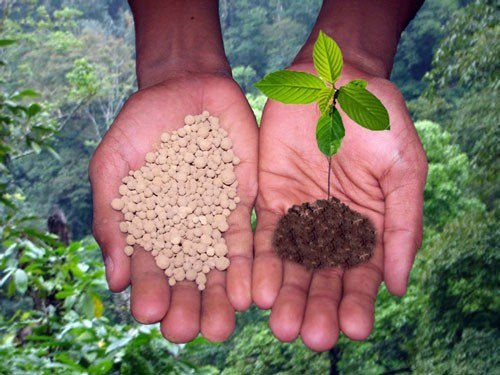
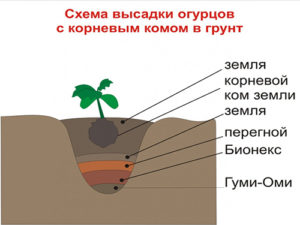
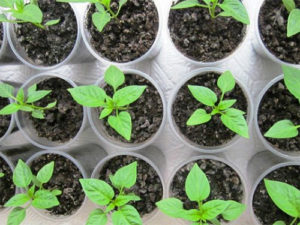
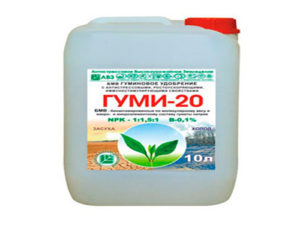
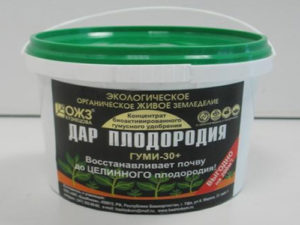
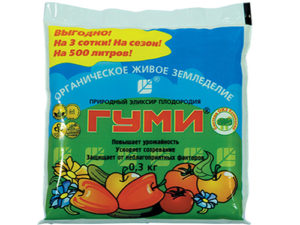
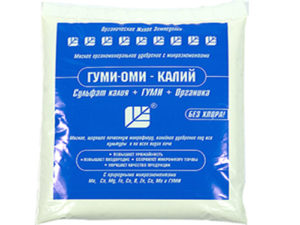
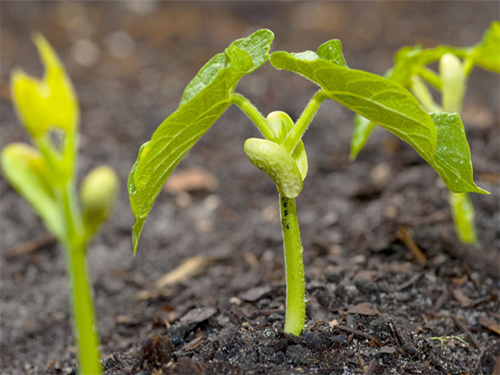
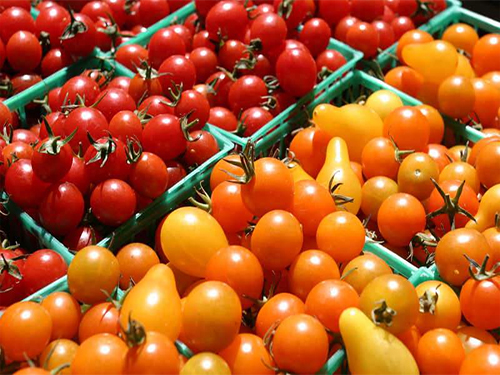
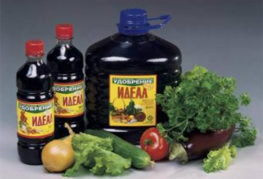
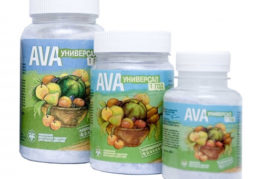
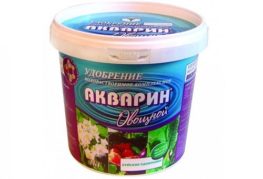
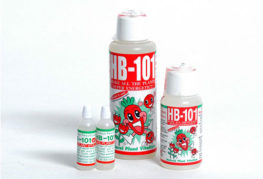
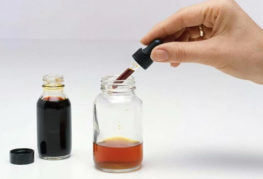
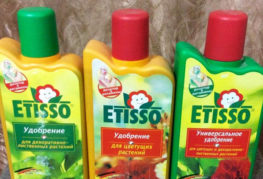
and will be published shortly.